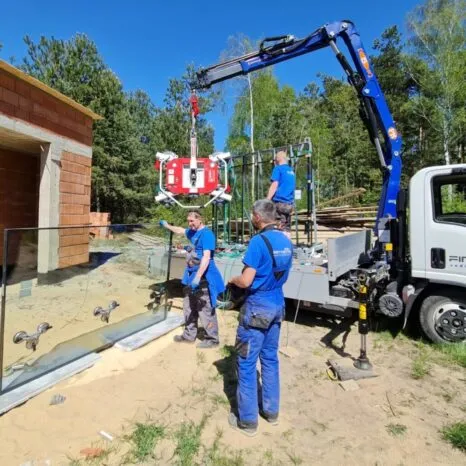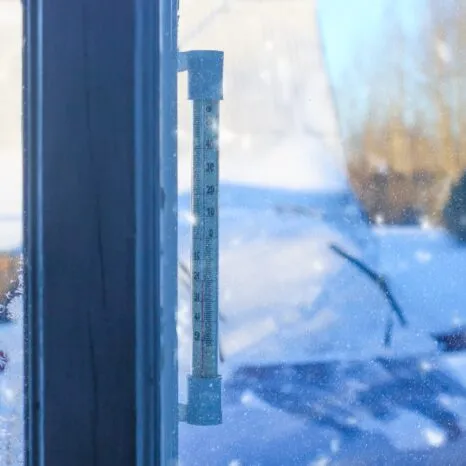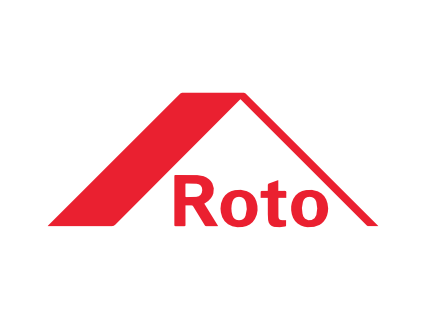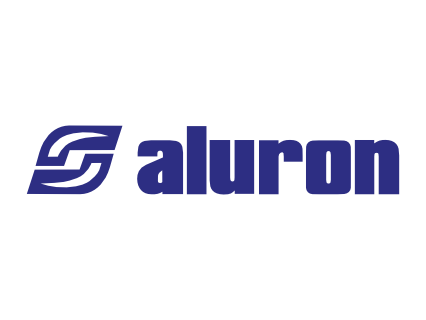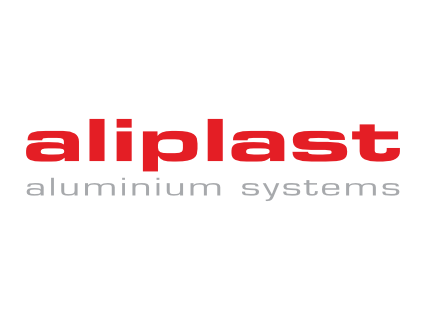
Passive houses are no longer just a fad, but increasingly the new standard in construction, which focuses on maximum energy efficiency.
There are numerous benefits to investing in passive construction. However, in order to achieve these, all the construction elements – especially the window joinery – must be chosen appropriately and consciously.
What is passive construction?
The idea of passive design was born in response to the growing need for energy efficiency. Its origins date back to the 1980s. It was then that engineers and architects from Germany and Sweden began to work on the concept of buildings with minimal energy requirements. The result of this work was the development of the Passive House standard, which was officially concretised by the Passivhaus Institut in 1996.
A passive building is one that uses up to 90% less energy for heating compared to traditional buildings. To achieve such results, it is most important to minimise heat loss through the envelope – walls, roof, but above all windows. Passive house design involves the maximum use of natural energy sources (e.g. solar radiation – photovoltaics), as well as very effective thermal insulation.
Passive house windows – can you decide on the wrong model of window joinery?
The choice of windows in a passive house is more important than you might think. Deciding on their quality and performance can greatly affect the energy efficiency of the entire building. Inadequate windows can lead to uncontrolled heat escape and reduced thermal comfort, which in turn can result in higher running costs.
Imagine investing in a house that is theoretically supposed to be energy efficient, but your choice of cheaper, less efficient window frames results in heat escaping through gaps or insufficiently insulated glazing. As a result, despite the use of modern building technologies, you end up with a house that does not meet the objectives for which it was designed. Ultimately, you will have to use additional sources of heating – which definitely contradicts the idea of a passive house.
How can this be avoided? This is why choosing the right window joinery is one of the most important elements of success in the construction of this type of building.
The best windows for a passive house
What features should passive house windows have?
In the first instance, attention should be paid to the heat transfer coefficient (Uw). According to passive building standards, windows should have a Uw coefficient of less than 0.8 W/m²K. The lower this parameter, the better the thermal insulation and the direct result in reduced energy losses.
What else? The solar energy transmittance (g) is also an important parameter. The g value determines how much thermal energy from sunlight can pass through the glass. Windows conforming to the principles of passive design should have a g-value of approximately 50-60% in order to effectively use solar energy to heat the interior.
The type of glazing is also an important aspect. Passive houses use triple-glazed windows filled with noble gas (argon or krypton). This type of glazing further increases their thermal insulation. Equally important are the window frames – ideally they should be made of highly insulating materials – high quality aluminium or modern plastics.
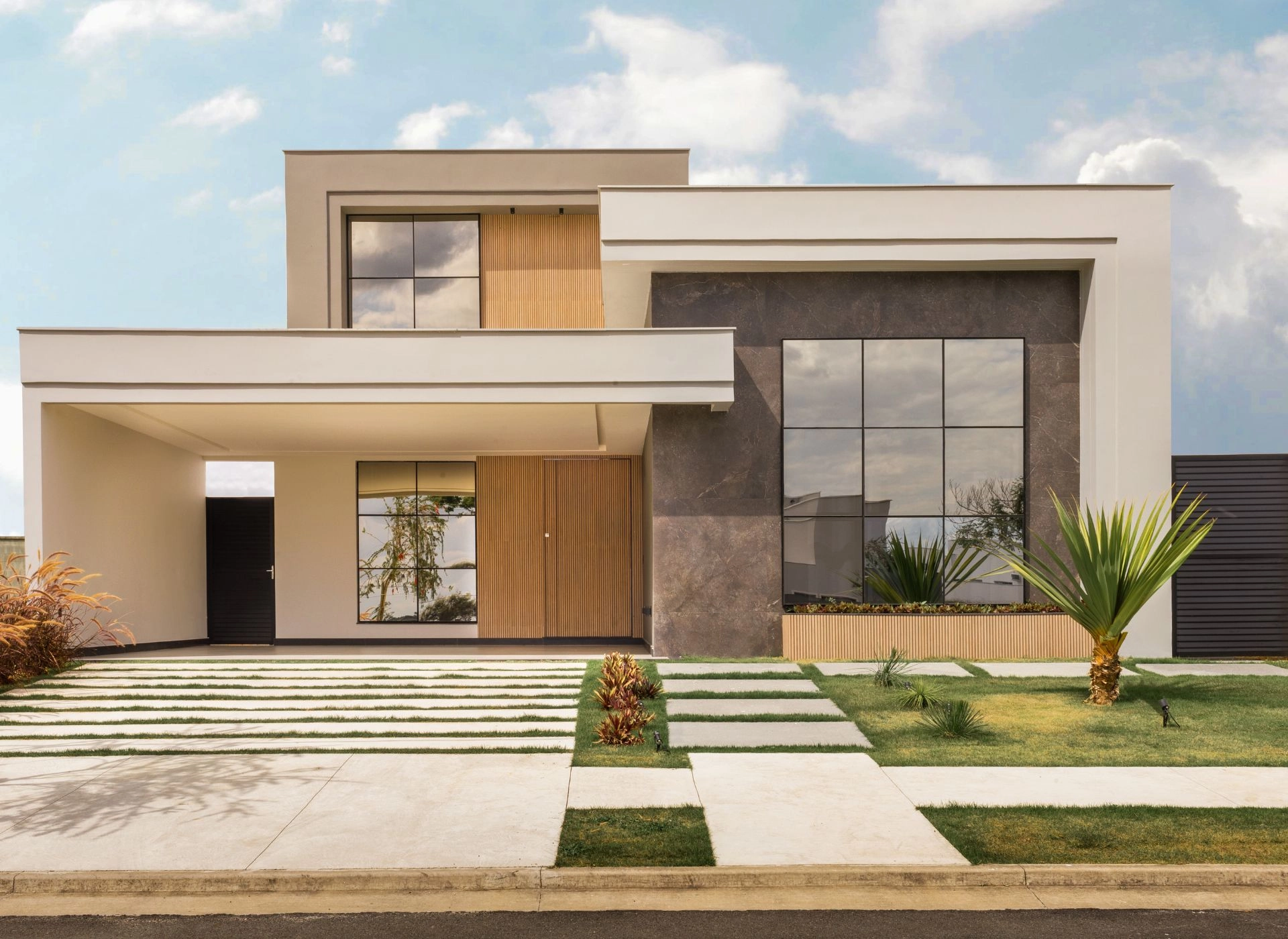
How to increase the efficiency of a passive house?
There is no doubt about it – one of the key factors that affects the efficiency of a passive building is the quality of the window frames. By investing in windows with the right parameters, you not only minimise heat loss, but also benefit from free solar energy. With suitably selected models, you can reduce heating costs and improve thermal comfort inside the building.
Although high-performance windows may be a more expensive investment, they will pay for themselves in the form of lower energy bills. It is worth investing in products that are Passive House Certified. This ensures that you are assured that they meet all the norms and standards required for this type of construction.
It is also worth considering the installation of external blinds or shutters, which can further regulate the amount of light and heat penetrating the interior. Well-chosen accessories can make a difference to a home’s energy efficiency – especially in the warmer months of the year, when protection from overheating is as important as thermal insulation in winter.
Deciding during the design process which windows to choose for your passive house is one of the most important issues that can determine the performance of your dream energy-efficient home. Don’t hesitate to invest – buying the right windows with high insulation performance and paying attention to quality are steps that will guarantee your comfort, savings and long-term satisfaction. Don’t compromise – choose solutions that bring real benefits.

